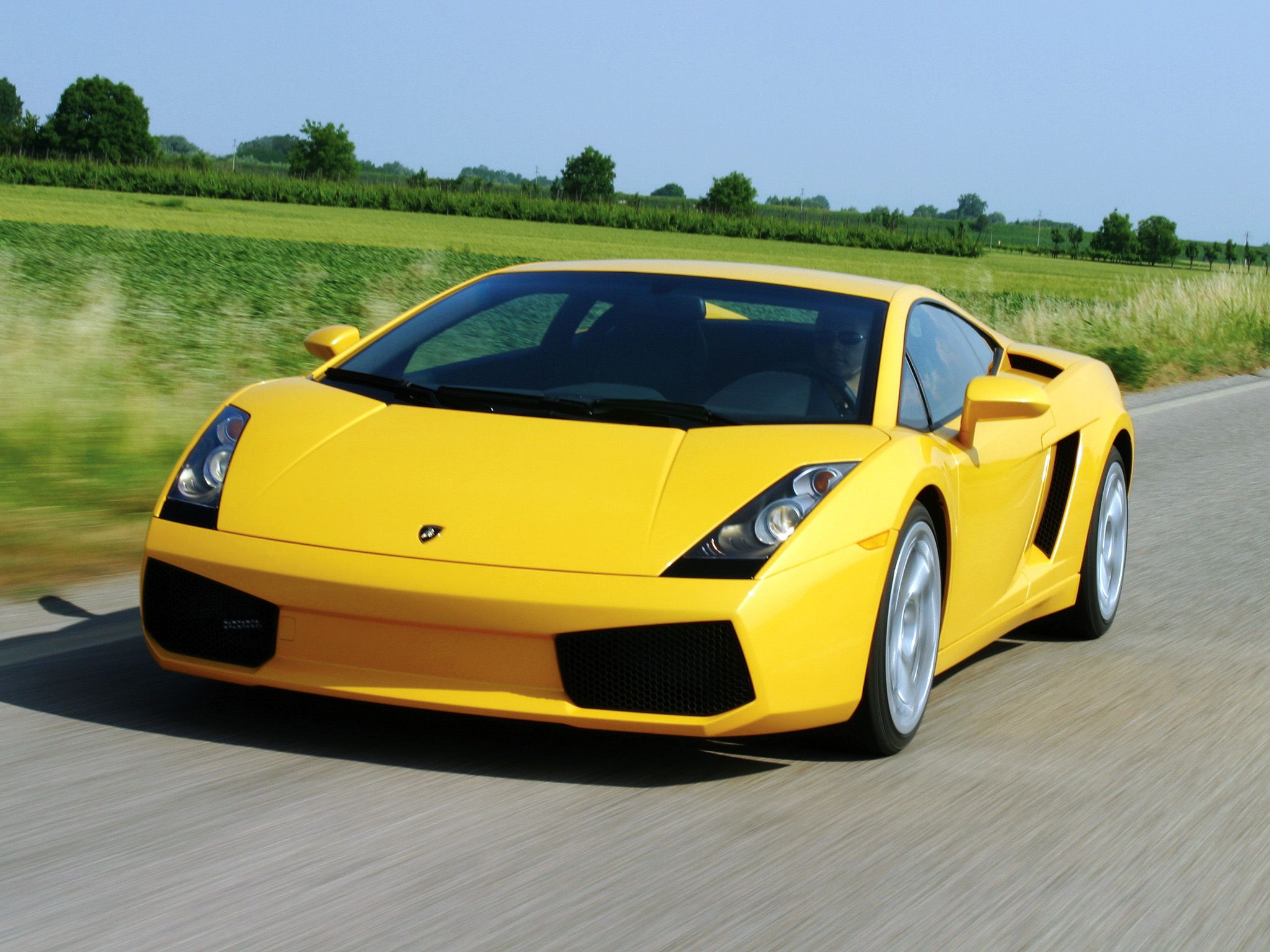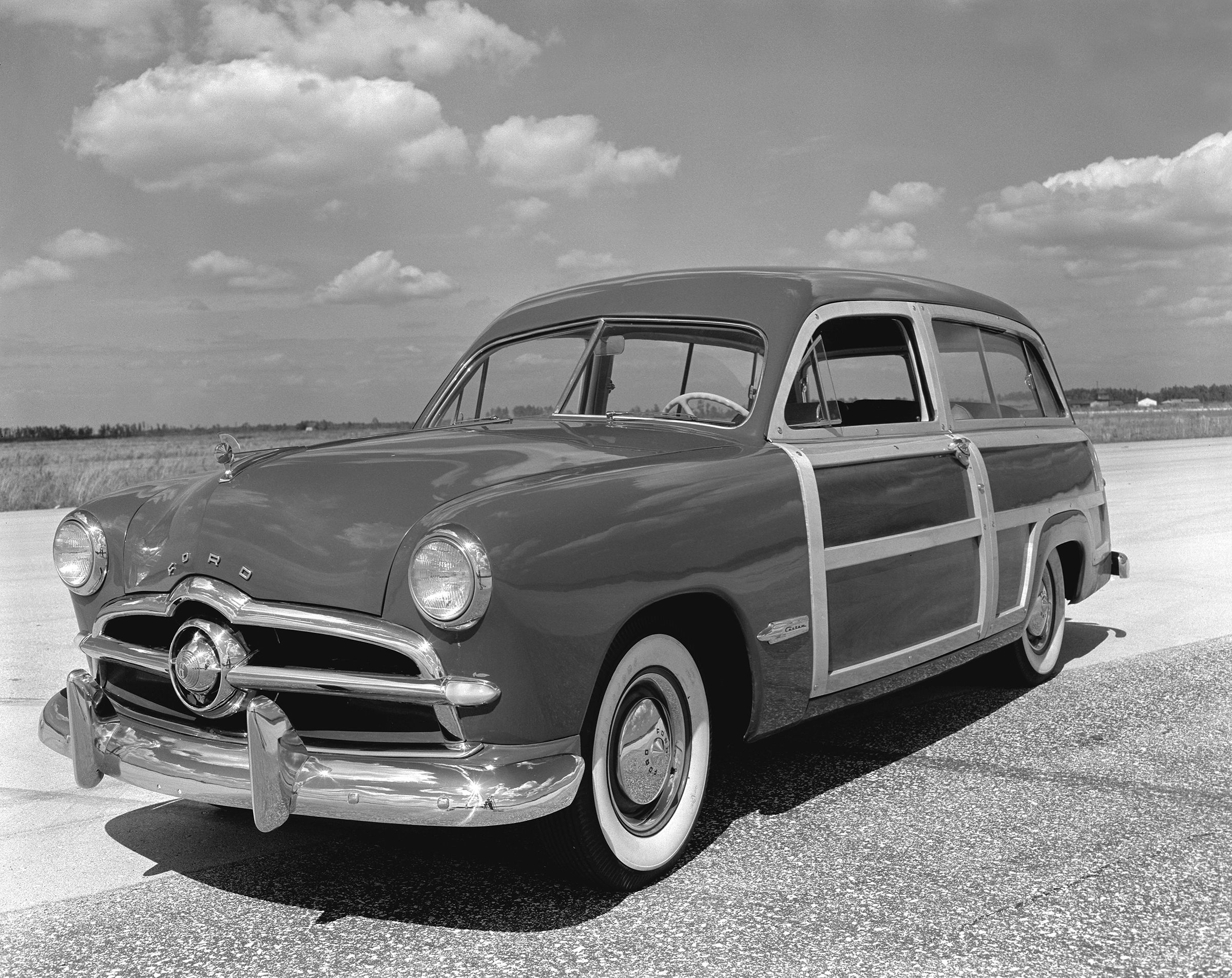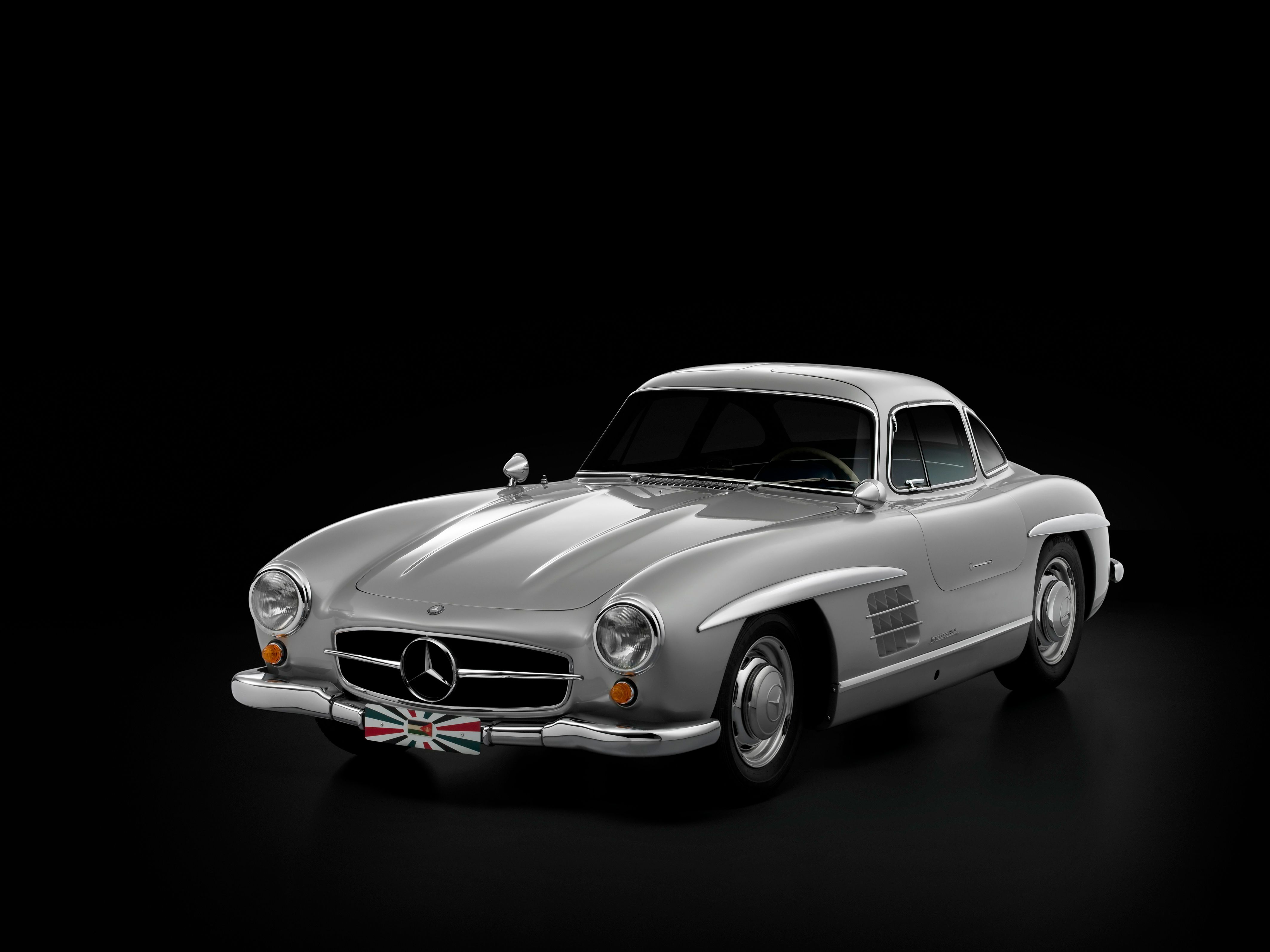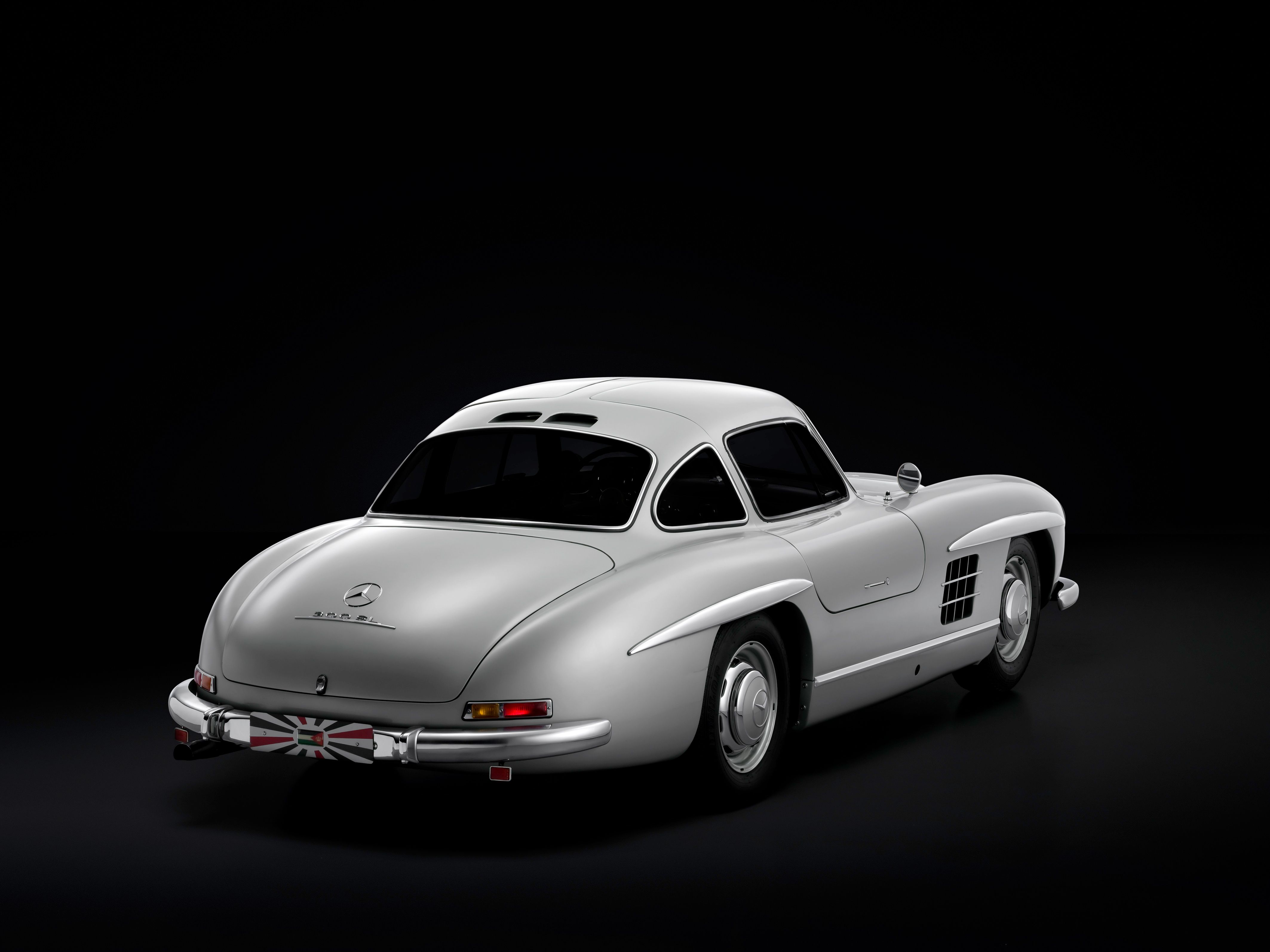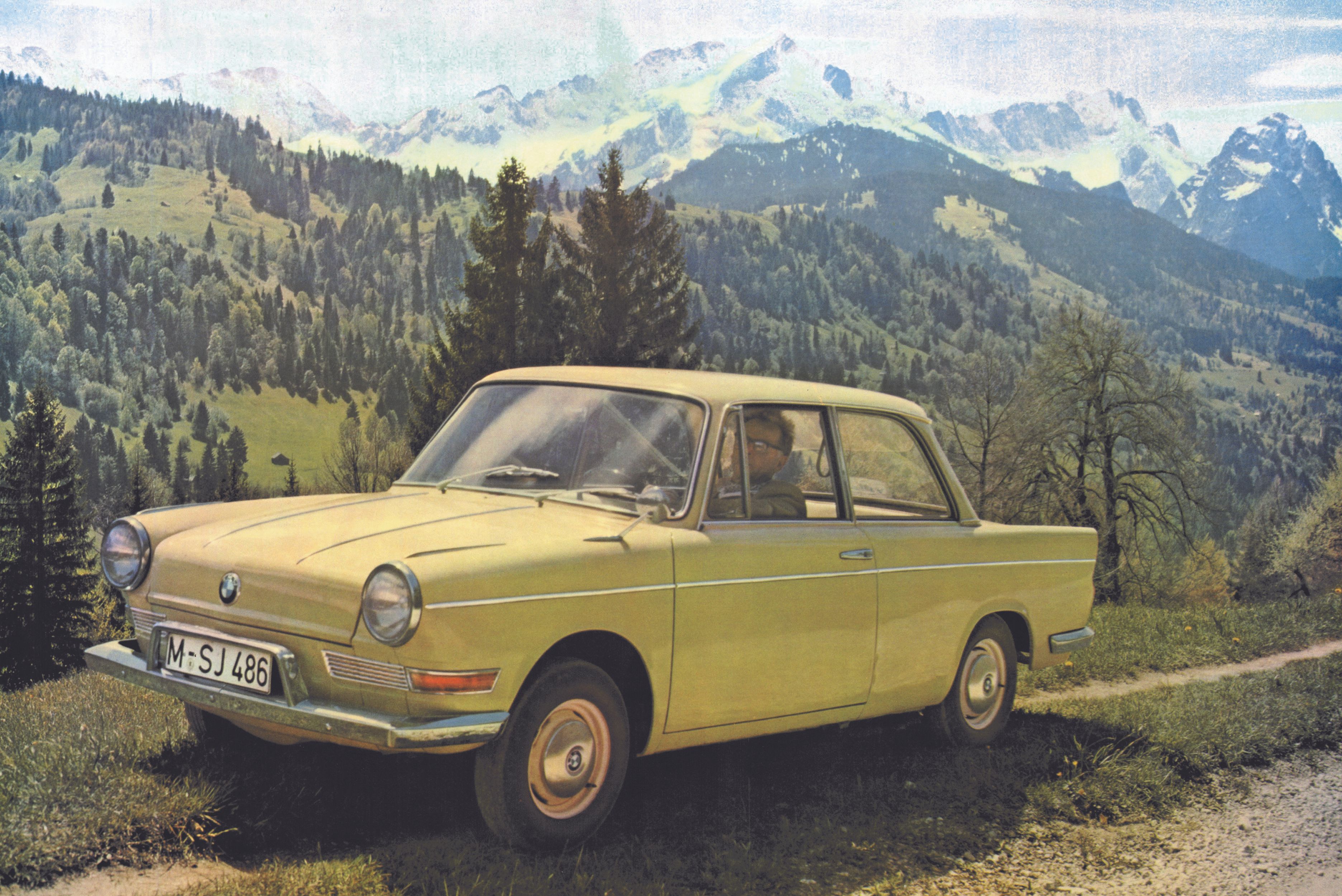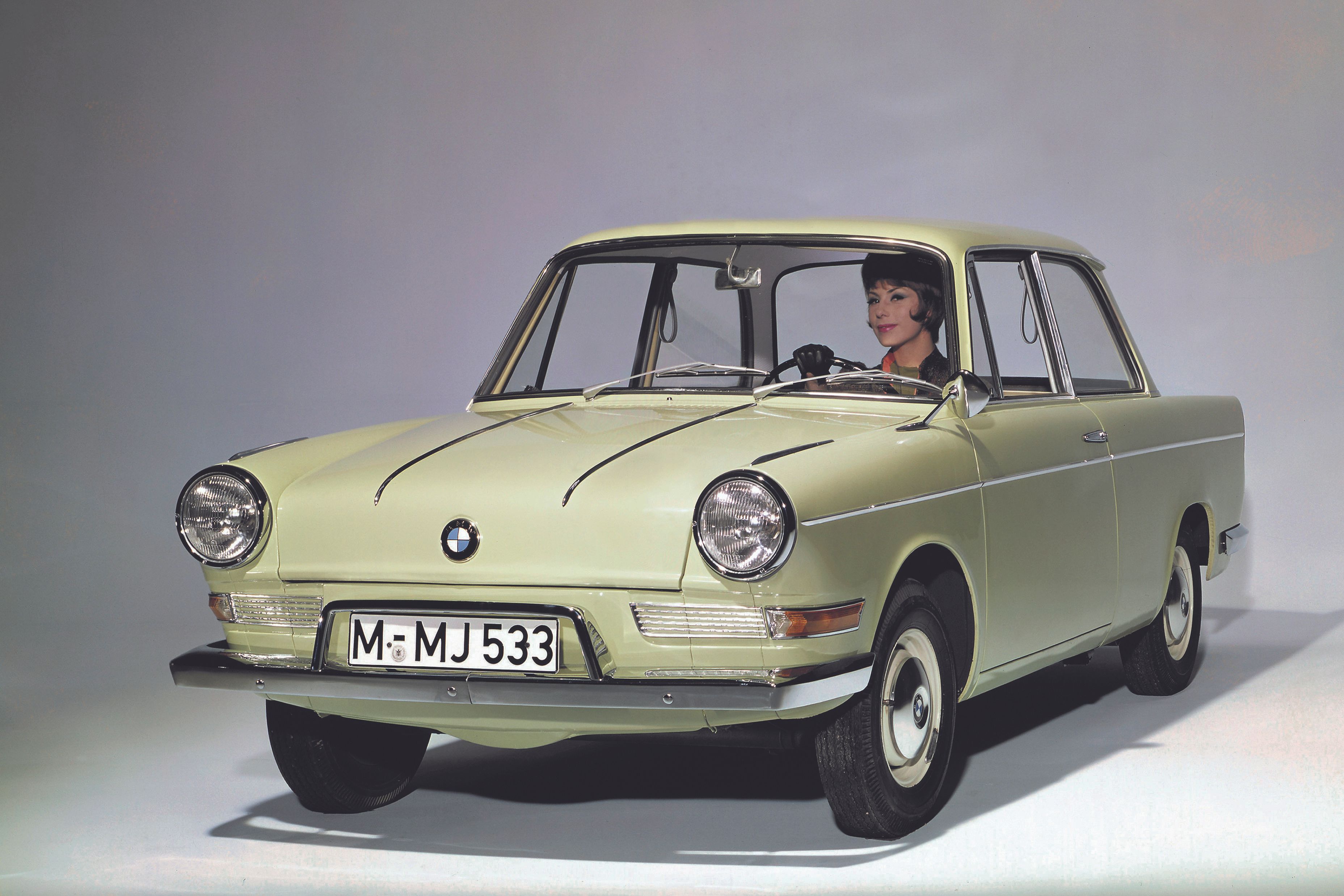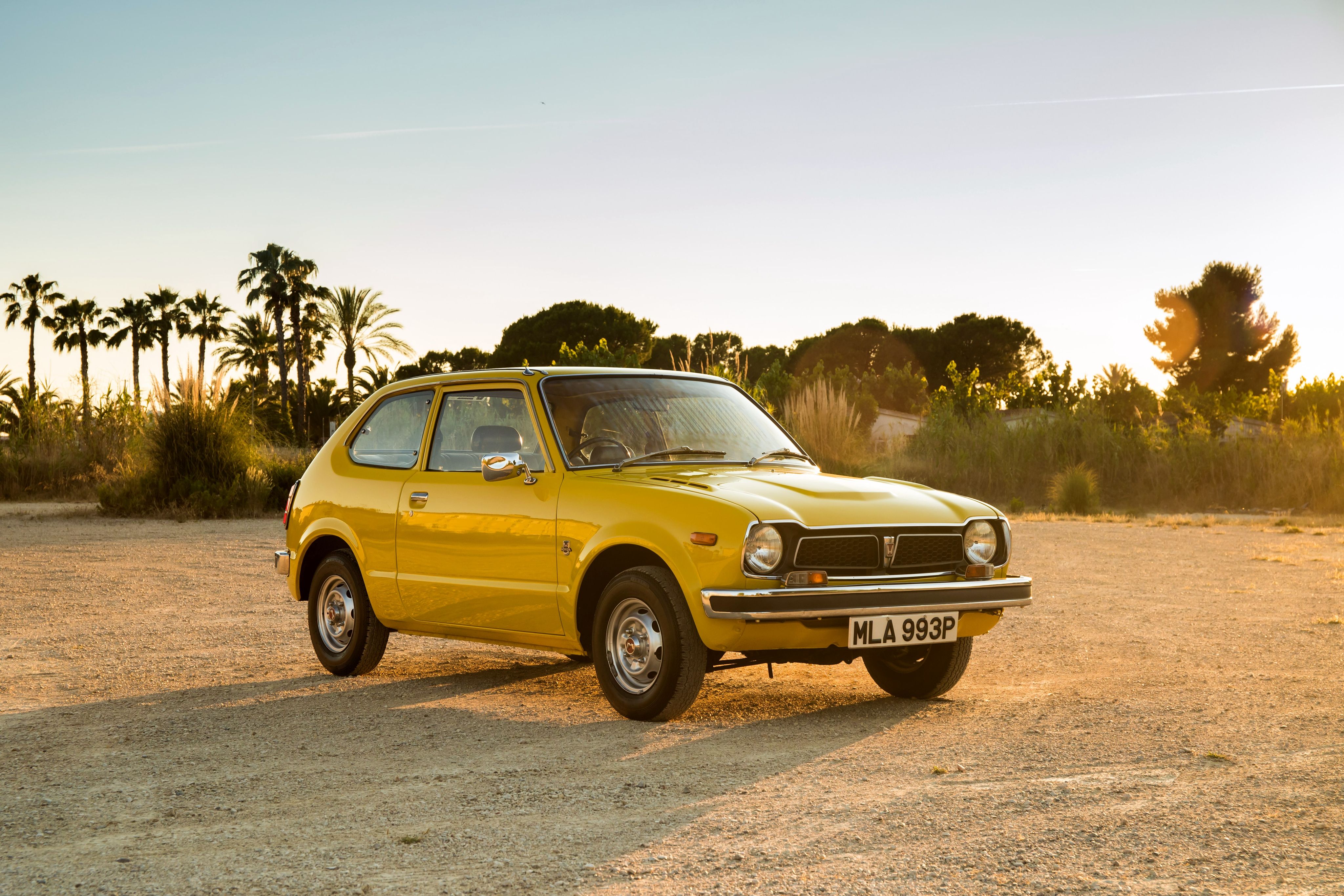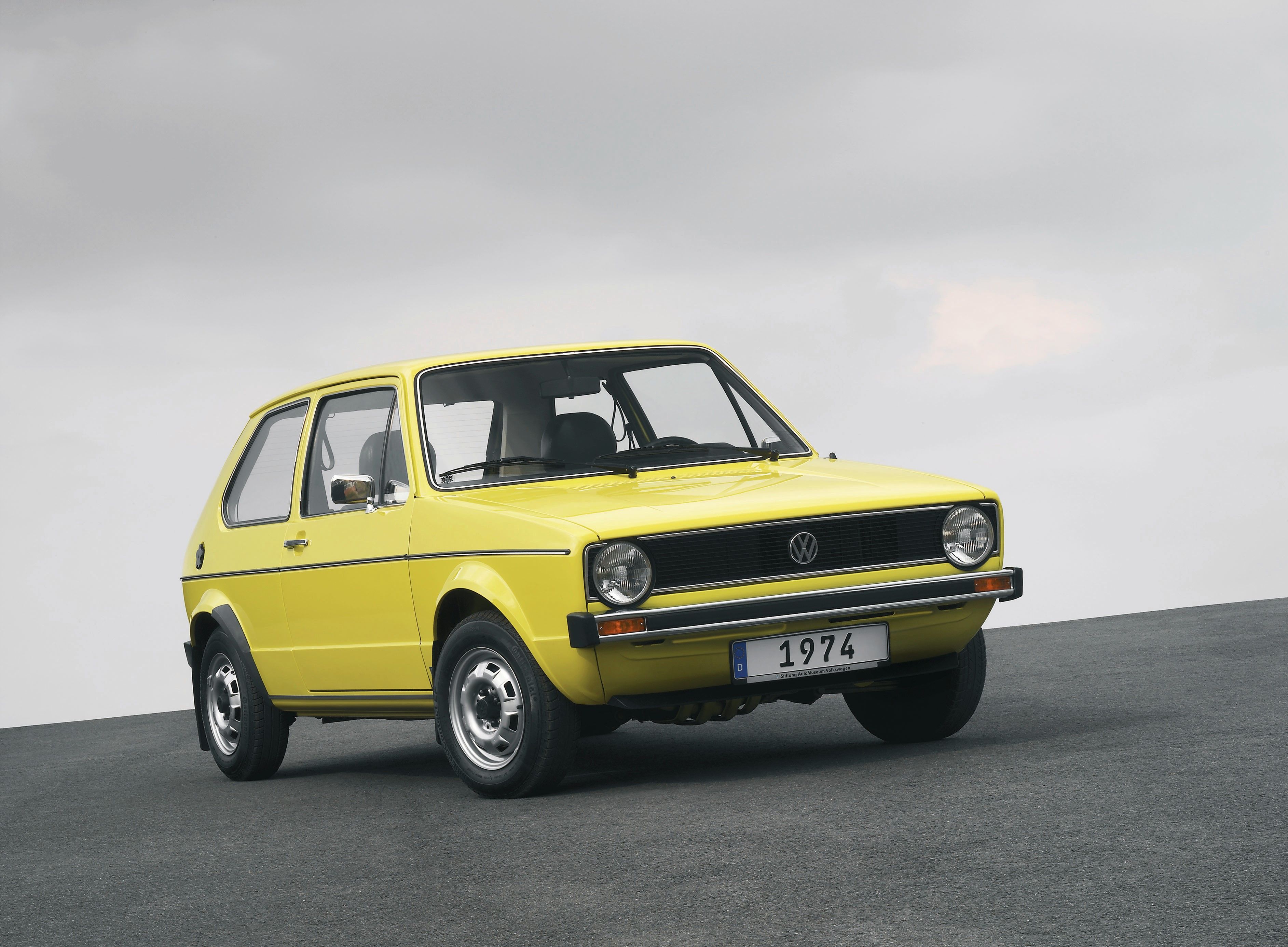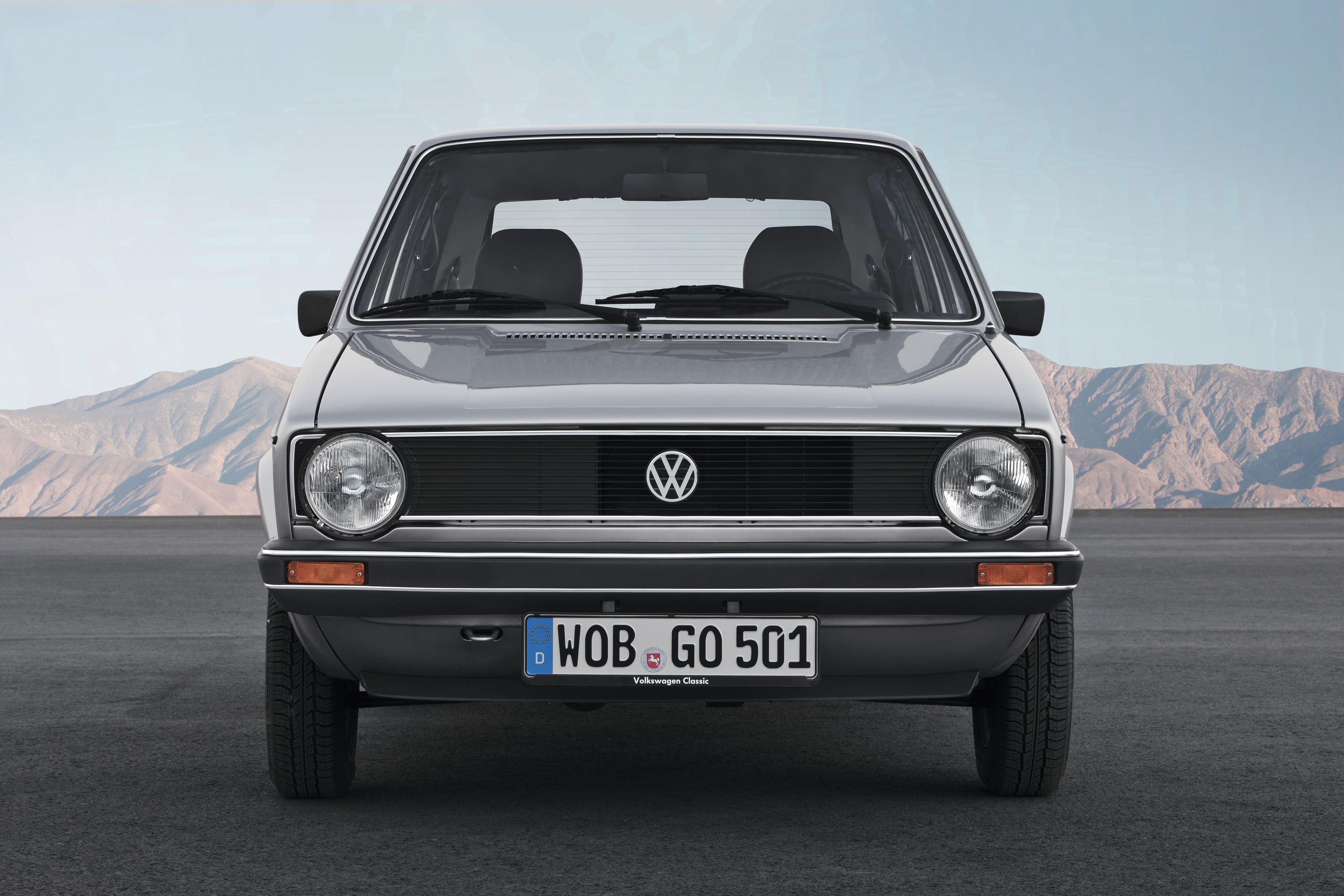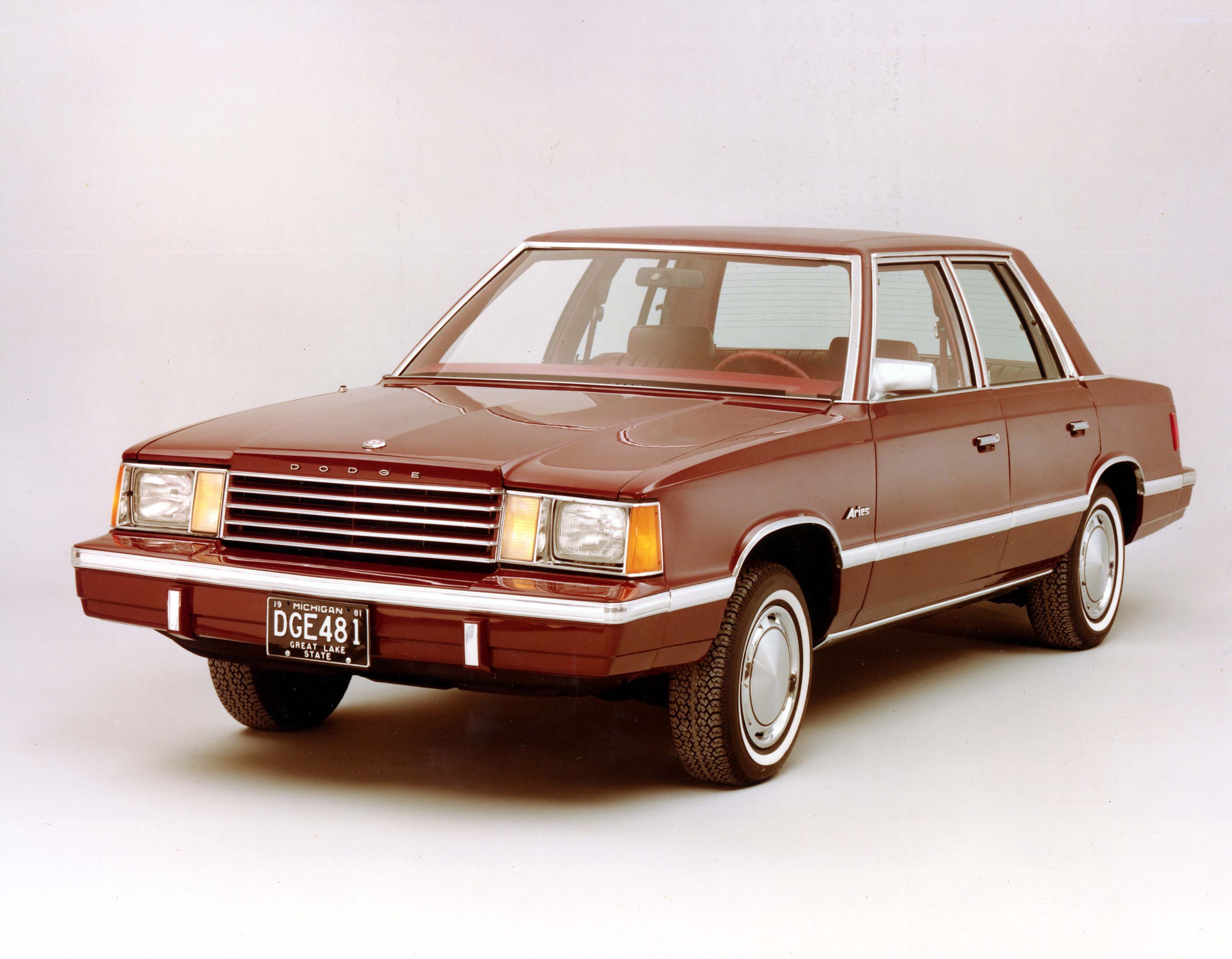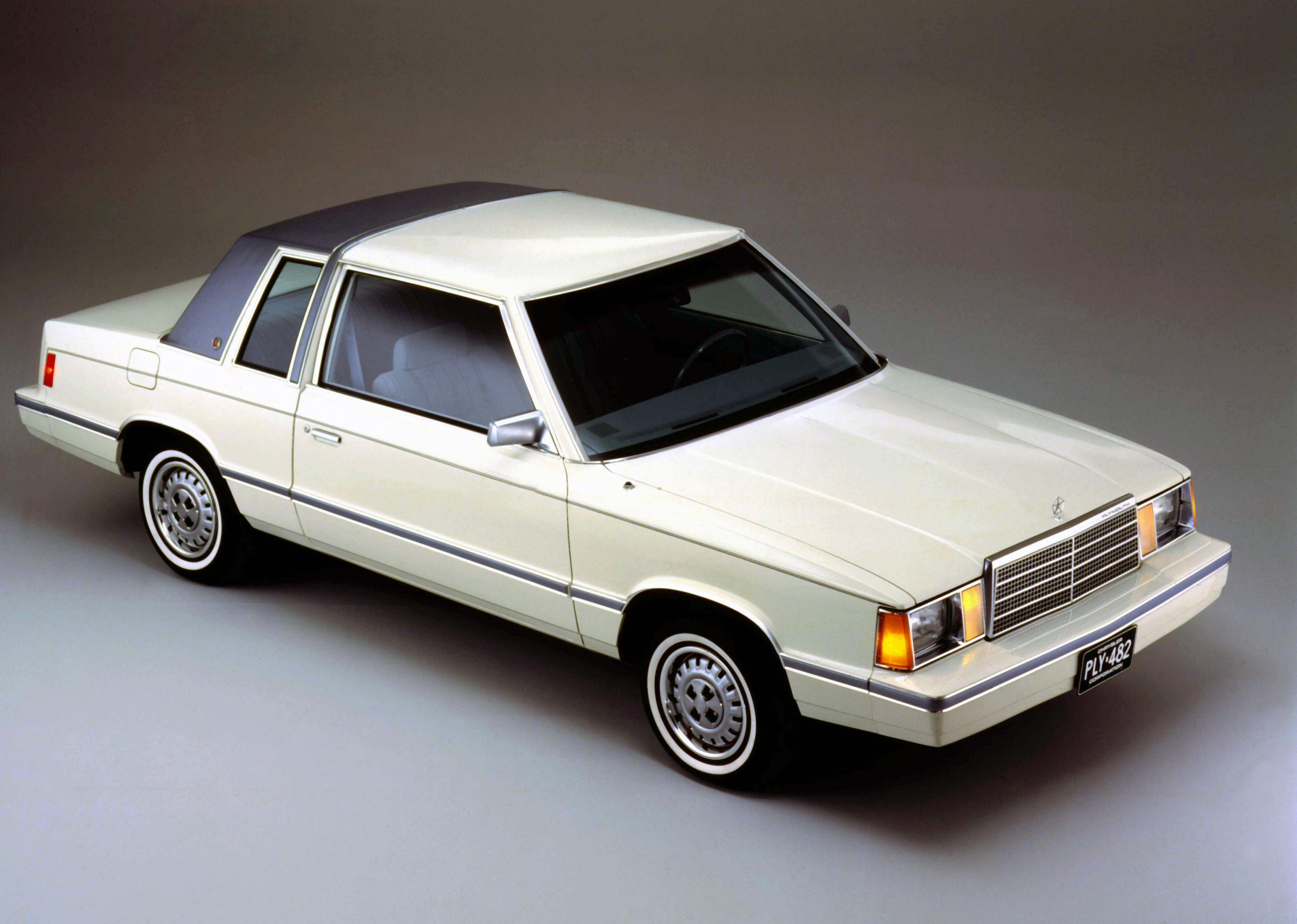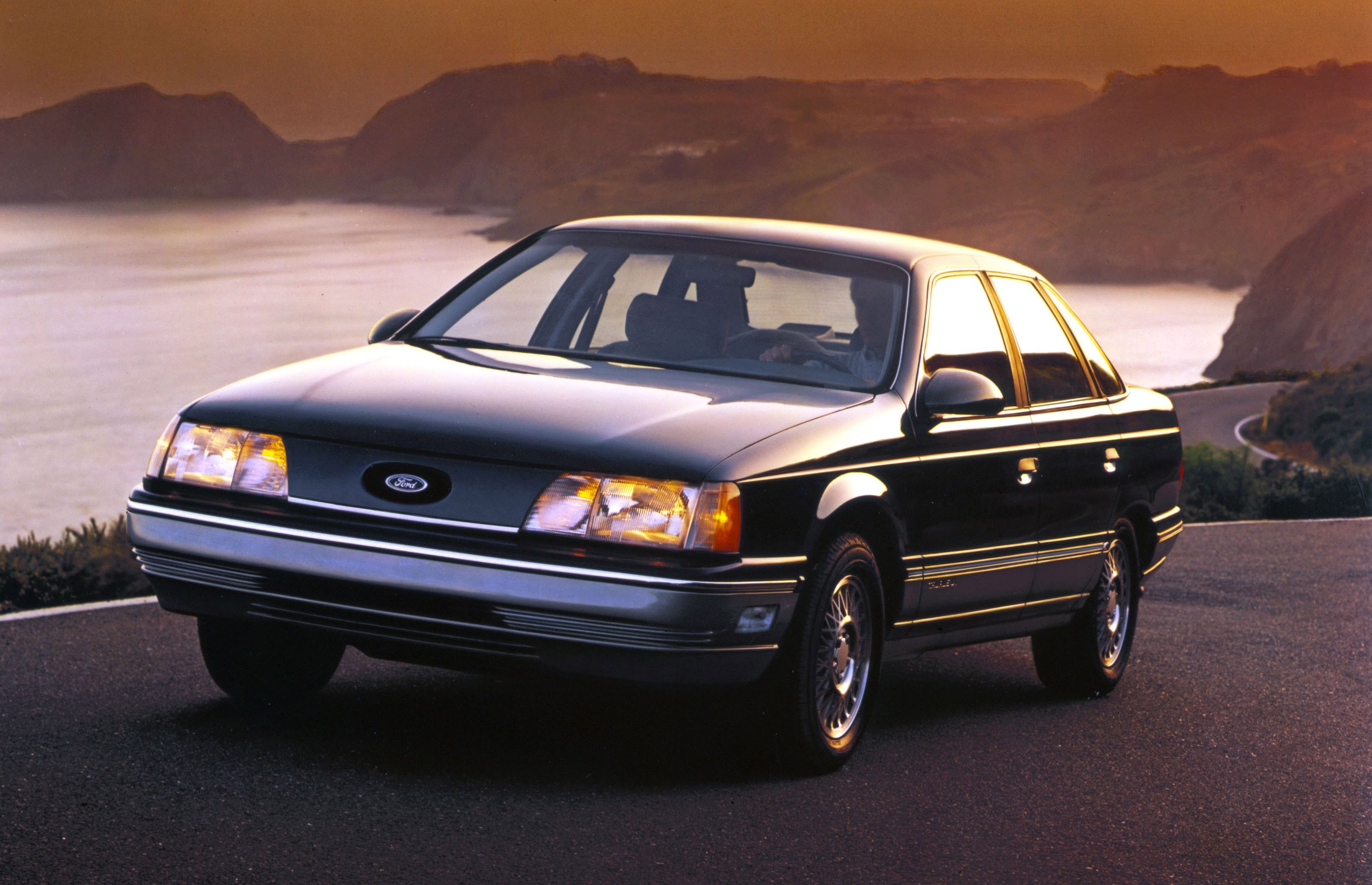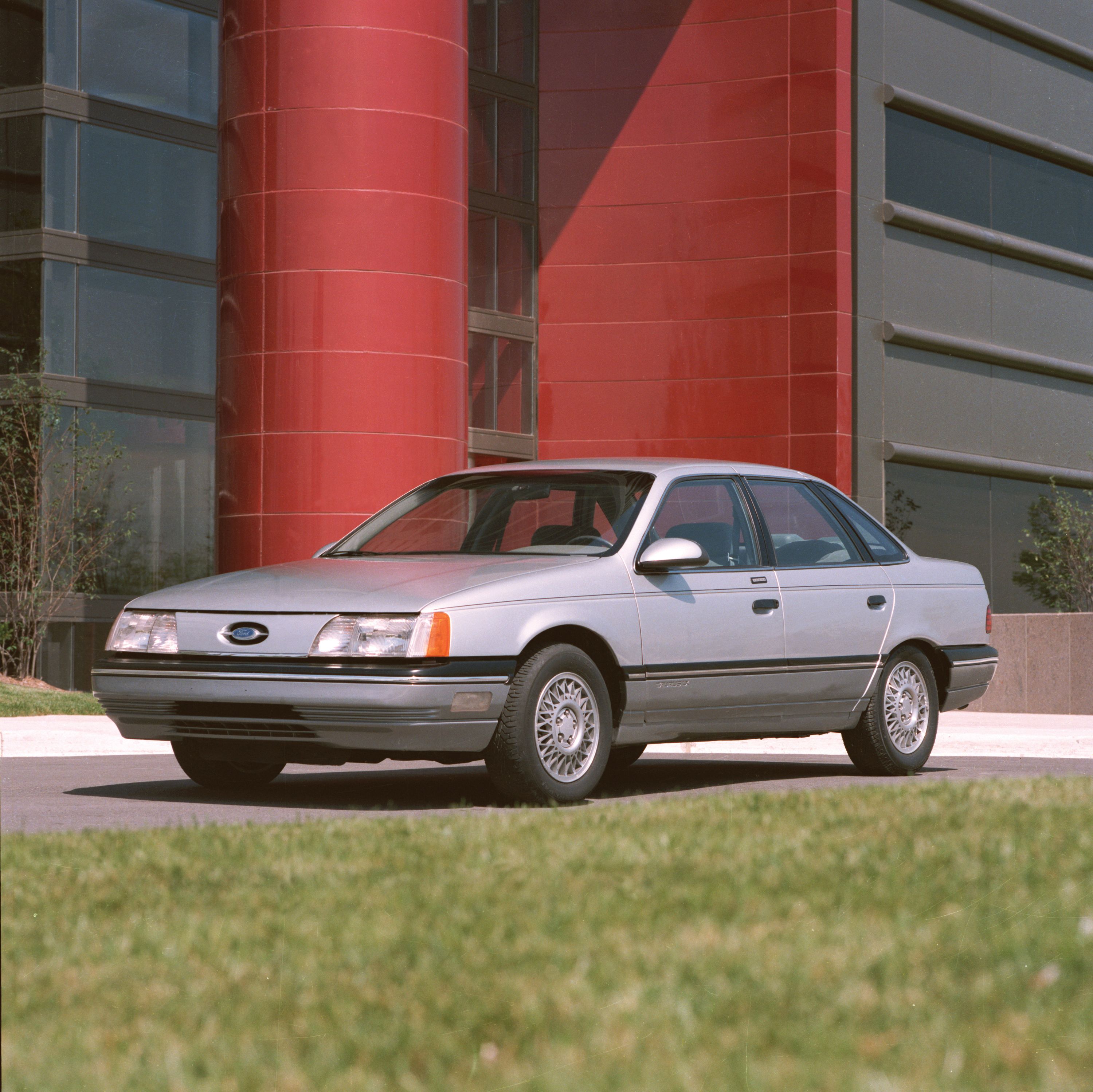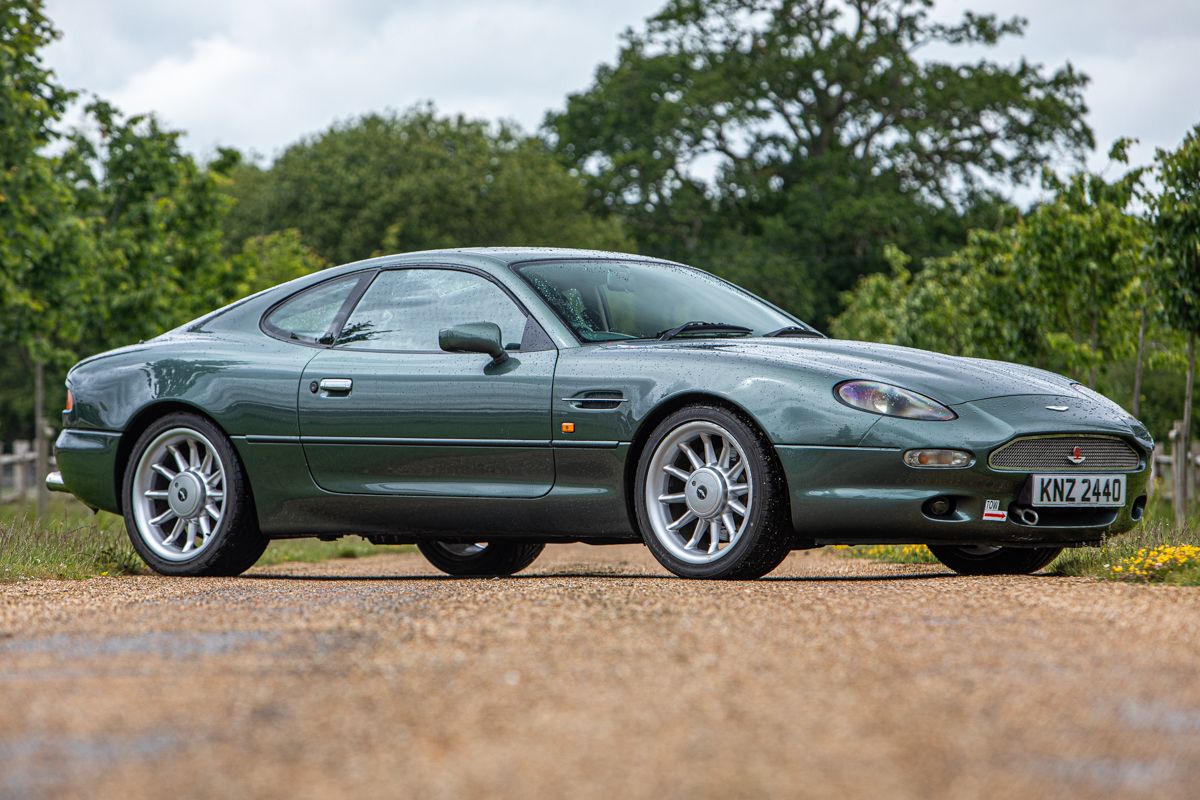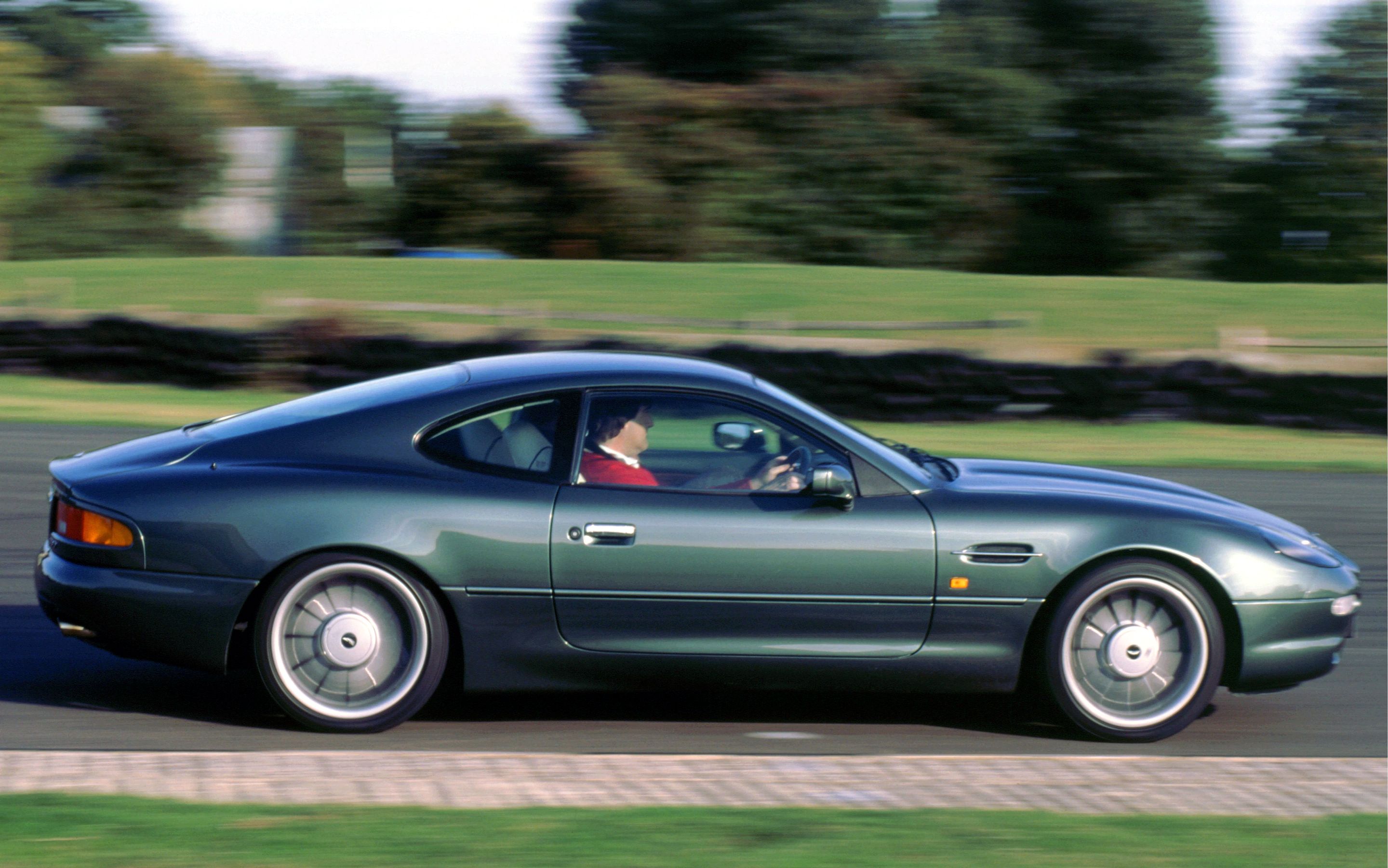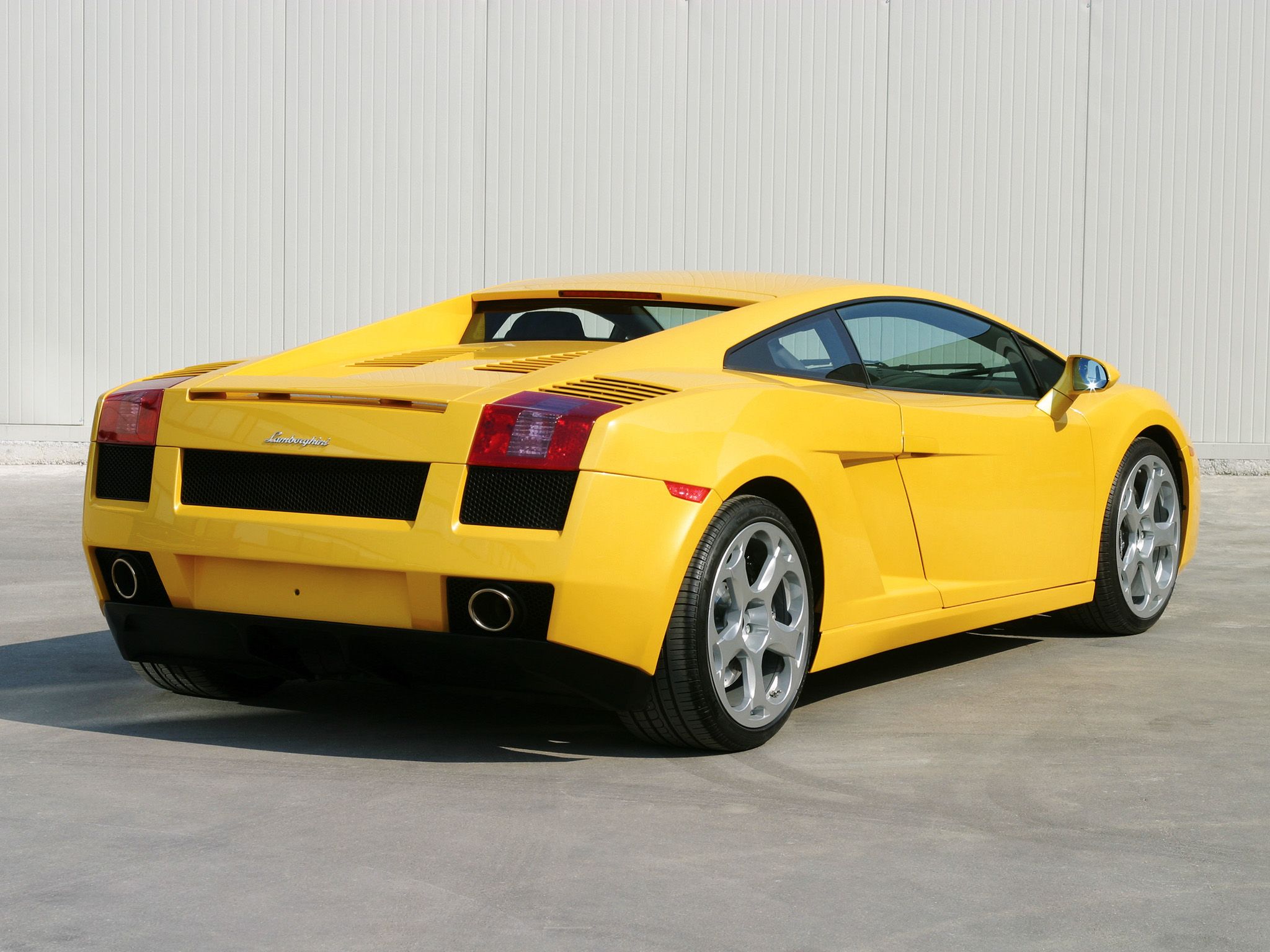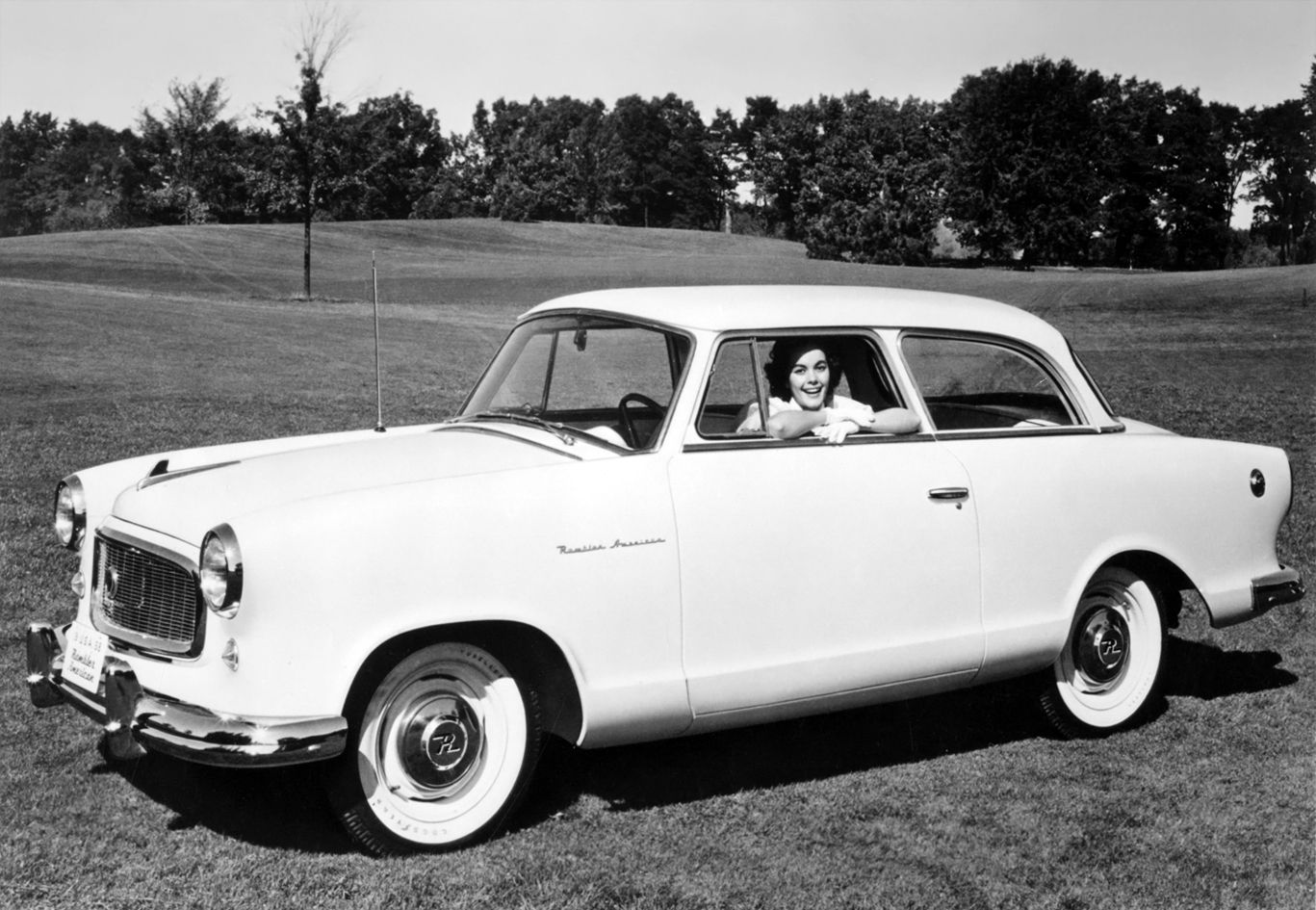As the COVID-19 pandemic continues to spread around the world, we keep seeing reports about the terrible financial crisis that's just around the corner. Of course, automakers are heavily affected by the pandemic and many companies need government support to survive.
We've seen this before. The financial downfall of the 1930s saw many U.S. carmakers go bust, while World War 2 and the oil crisis of the 1970s made even more victims. It happened again in the 1980s and in 2008. The latest recession saw GM and Chrysler go bankrupt and brands like Mercury, Pontiac, Oldsmobile, and Plymouth disappear altogether. But while current predictions are somewhat bleak, we need to stay positive and remember the times when entire companies were saved by one cleverly designed car. Here's a list of 10 vehicles that saved some of the biggest carmakers out there from going under.
1949 Ford
Following the end of a devastating World War II, American automakers were struggling to remain afloat.
Ford was in the worst position, especially after its founder, Henry Ford, died in 1947. But Henry Ford II stepped in and the outdated pre-war cars were replaced with the 1949 Ford. Yes, this vehicle didn't have a name, mostly because companies in those days sold one basic model in various trim levels and body styles. The 1949 was the first all-new design introduced by the Big Three after World War II and it was unlike anything else on the market.
Called the "Shoebox Ford," it featured a streamlined design with integrated fenders and lights, a ladder frame with independent front suspension, and an engine placed a lot more forward than usual to make room in the passenger compartment.
It was an instant success. And not only it saved Ford, but it also ushered the modern, streamlined car design in the United States, with both Chrysler and GM following suit with similar vehicles.
1955 Mercedes-Benz 300SL
As Germany was defeated in WW2 and dismantled by the Western powers and the Soviet Union, Mercedes-Benz was pretty much unable to continue business. Its factories were destroyed and its pre-war models were too outdated to survive against the newer models from the competition.
A lightweight design with brilliant engineering, the W194 went on to win many races, including the iconic 24 Hours of Le Mans and the Carrera Panamericana. Max Hoffman, the biggest Mercedes-Benz importer in the United States saw the potential and suggested a road-legal sports car based on this design.
Mercedes-Benz followed through and the W198, also known as the 300SL, was shown at the 1954 New York Auto Show and put into production for 1955. Offered in both Gullwing coupe and Roadster versions, the 300SL became a hit and Mercedes-Benz sold more than 3,000 units from 1955 to 1957. The sports car was successful enough to relaunch the brand and enabled the German company to reenter the flourishing American market with luxury four-door models.
Read our full review on the 1955 Mercedes-Benz 300SL
1959 BMW 700
Much like Mercedes-Benz, BMW came out of WW2 with massive financial and infrastructure problems. Not only its factories were heavily bombed, but the company was also banned from restarting car production, so the Germans survived by making pots, pans, and bicycles until it was allowed to built motorcycles in 1948.
However, slow sales of the 501 and small profit margins from the Isetta pushed BMW into bankruptcy in the late 1950s. The 507, a sports roadster introduced in 1956, didn't meet expectations and its high production costs added extra burden on the carmaker.
The situation was so dramatic that BMW almost accepted an acquisition by Mercedes-Benz. But only months before the final talks for this deal, the Germans introduced the 700, a small, rear-engined sedan with unibody construction, a first for BMW.
The 700 was followed by the New Class in 1962, a series of cars that restored BMW as a solid and financially independent automaker. The New Class eventually spawned the iconic 3 Series and 5 Series models that became iconic cars in their own right.
1972 Honda Civic
Honda was one of the largest motorcycle manufacturers in the 1960s, but its car lineup was small and unsuccessful. Sales were so low in the late 1960s that the Japanese company considered closing its automobile division. However, it made one last attempt in 1970, when it replaced the N600 with the Civic. Bigger than its predecessor and fitted with better and more modern features, the Civic rose to fame locally. The oil crisis also helped the nameplate become a success abroad, including in the United States against the heavier and less fuel efficient subcompact alternatives from Ford, Chevrolet, and AMC.
The Civic went on to dominate the subcompact market and it is one of the best-selling nameplates in the world as of 2020. The Civic survived for no fewer than 10 generations and it's one of Honda's most important nameplates in North America, Asia, and Europe. It also spawned a high-performance Type-R model, as well as numerous race-winning motorsport-spec variants.
1974 Volkswagen Golf
Volkswagen enjoyed several decades of success thanks to the Beetle.
But even though the small two-door survived for many decades in markets from Central and South America, it became obsolete in Europe in the 1970s. Having relied on the Beetle for more than three decades, Volkswagen ran into difficulties when the market was flooded by modern subcompacts in the 1960s.
Following the merger between NSU and Auto Union, Volkswagen teamed up with Audi to develop the Passat. But the collaboration also spawned the Golf, a much smaller version of the Passat that was easier to drive and cheaper to maintain. The Golf arrived in 1974 and became an instant hit. It was also imported to the U.S. as the Rabbit. Much like the Civic did for Honda, the Golf helped Volkswagen stay away from bankruptcy and turned it into one of the world's largest automakers.
1981 Dodge Aries / Plymouth Reliant
Chrysler had its fair share to financial troubles in the late 70s. Things got worse when massive quality issues associated with the company's F-body compacts resulted in huge warranty and recall costs, as well as rapidly declining sales. Threatened by bankruptcy, Chrysler hired ex-Ford president Lee Iacocca in 1978, who convinced the government to give the company a $1 billion bailout.
Backed by superior quality control, the Dodge Aries and Plymouth Reliant that came in 1981 became big sellers. What's more, the K-body platform was eventually used in nearly 50 different models, which resulted in massive savings of development costs. Chrysler quickly bounced back and just a few years later purchased AMC and the Jeep division. The latter is one of the most profitable brands of the current Fiat Chrysler Automobiles association.
1986 Ford Taurus
Ford was again in trouble in the early 1980s. Mostly because its competitor in the midsize segment, the LTD, was severely outdated and featured a rear-wheel-drive layout, missing out on the advantages of the FWD configuration.
Unlike its predecessor, the Taurus was designed with a deeper focus on ergonomics and comfort, a car that was almost European in terms of handling and aerodynamics. Its low drag coefficient also meant that V-6 cars were more fuel-efficient than four-cylinder Japanese rivals. Coupled with the somewhat futuristic exterior design, the Taurus rendered the competition obsolete when it arrived in 1985. Ford sold two million examples until 1991, while the second-gen model became America's best-selling car. Needless to say, the Taurus was Ford's most important design since the 1949 model.
1994 Aston Martin DB7
Like many luxury sports car manufacturers, Aston Martin struggled through most of the 1980s and early 1990s. The Brits entered new territory with the Lagonda in 1976, but the sedan and the existing DBS and V8 Vantage couldn't keep the brand profitable.
A new factory opened in 1994 started producing the DB7, the grand tourer that would set new records and save Aston Martin from going under. By 2002, Aston Martin produced 6,000 DB7s, more than all previous DB series together. Profits brought in by the DB7 helped Aston Martin design an even better and more successful DB9.
Read our full review on the 1994 Aston Martin DB7
2003 Lamborghini Gallardo
A somewhat successful company in its early days, Lamborghini began to struggle after Ferruccio sold off many of his interests. From 1972 to 1994, the Italian firm went through four different owners, including receivership.
Sales collapsed dramatically under Chrysler ownership and continued to stay low as the firm was acquired by MegaTech in 1994 and V'Power and Mycom Sedtco in 1995. From 1992 to 1997, Lamborghini's annual sales were lower than those in 1968.
Sales skyrocketed to 1,305 examples in 2003 and climbed to 2,121 in 2013, when production of the Gallardo came to a halt. With a total of 14,022 examples sold in 10 years, the Gallardo was the company's best-selling model until October 2019, when the Huracan surpassed its record.
Read our full review on the 2003 Lamborghini Gallardo
2009 Buick Regal
The 2000s were difficult times for American carmakers. The 2008 financial crisis hit both General Motors and Chrysler hard, to the point where they had to file for bankruptcy.
But Oldsmobile and Pontiac weren't the only GM divisions that faced discontinuation. Buick was also struggling to survive. However, GM chose to give the brand a new chance by taking it to the Chinese market. In 2009, Buick launched the Regal, essentially a rebadged Opel Insignia. The model gained traction in China and helped Buick hit its best sales figures since the 1980s. Granted, Buick's immediate success was also backed by Opel-based crossovers, but the Regal can be regarded as the nameplate that saved the brand.
Read our full review on the 2009 Buick Regal
Honorable Mentions
1958 Rambler American
The early 1950s saw Ford and GM caught in a price war that put many of America's remaining small automakers close to bankruptcy. As a result, many chose to merge, and Nash Kelvinator and Hudson Motors joined forces to form the American Motors Corporation (AMC) in 1954.
One of the only few small cars built in the U.S. at the time, the Rambler was redesigned in 1958 just in time for the Eisenhower Recession. As small and cheap cars became more attractive, the Rambler expanded into an AMC-owned marque that became America's third-largest by 1961. Not only it allowed AMC to survive longer than any other independent American automaker, but the Rambler also helped compact cars gain popularity in the U.S.
1970 AMC Gremlin
Some 12 years after the Rambler helped AMC stay afloat, American Motors came up with yet another successful small vehicle. As Ford, GM, and Chrysler joined the compact wagon segment with attractive and affordable vehicles, AMC was again forced to think out of the box in order to survive. As its compacts could no longer compete with those from the Big Three, AMC was on the verge of bankruptcy as the sole independent U.S. carmaker in the late 1960s.
A short but wide hatchback that looked weird to most American buyers, who were still used to large sedans, the Gremlin found a following rather quickly, mostly thanks to its affordable price and smart marketing. Aimed at young drivers looking for a "cute and different" car, the Gremlin moved 671,475 units from 1970 to 1978, making it the most successful single-generation body style produced by AMC. Although it's often included in all sorts of "worst cars of all time" lists, the Gremlin actually kept AMC stable financially until the 1980s. However, AMC almost went bust in the mid-1980s, when it was purchased by Chrysler.
Read our full review on the 1970 AMC Gremlin

